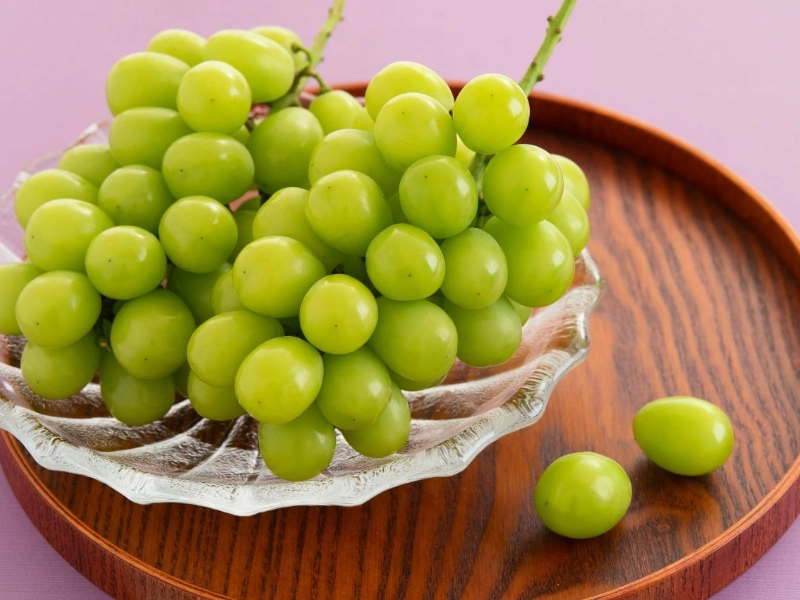Wine Enthusiast's Guide: How to Choose the Perfect Table Grap
Advertisement
4. The Touch Test: Assessing Grape Texture

Advertisement
Although visual signals offer useful information regarding grape quality, the choice of the ideal table grape depends much on tactile sensation. Gives a lot of information about their freshness, maturity, and general eating quality, grape texture can Gently handle the cluster of grapes in the touch test, noting how they feel in your hand. Excellent table grapes should feel solid and plump, with a small give when softly squeezed. Steer clear of grapes that feel soft, mushy, or wrinkled; these indicate overripeness or decay. The grapes should be firmly connected to the stem; if they come off readily, this could mean they are past their best. Pay then particular attention to the individual grapes. To the touch, they ought to be smooth and chilly. Normal stickiness is minimal, particularly in extremely ripe grapes; but, too great stickiness or a slimy feel can cause concern. Observe the firmness of every grape; it should withstand little pressure without feeling hard. Various grape kinds will have different degrees of firmness, hence you need become familiar with the traits of the particular type you are choosing. Concord grapes, for instance, usually have a softer texture than tougher types like Red Globe. One other crucial consideration is the grape's skin. It should feel neither slack or wrinkled but rather firm and smooth. While certain varieties—such as Thompson Seedless—have thinner skins, others, including Muscat, naturally have thicker skins. Knowing these varialues will enable you to evaluate the texture more precisely. Finally take into account the weight of the bunch; a larger bunch relative to its size usually implies juicier, more succulent grapes. Learning the touch test will help you to identify the minute texture variations separating good from really outstanding grapes. Recall that intended purpose and personal taste will affect the perfect texture. A cheese dish might call for somewhat stiffer grapes, for example, while softer, juicier grapes would be ideal for snacking. The touch test also enables you to choose depending on your immediate needs or to budget for consumption over several days by helping you recognise grapes at various stages of ripeness inside the same bunch. Furthermore interesting is the fact that storage environment can affect grape texture. Maintaining their optimum texture longer than those exposed to temperature swings or dry circumstances, grapes kept at the right temperature and humidity will remain that way. When judging texture, take into account how the grapes have been kept throughout shipping and in the store. Consistently cold grapes will usually have a superior texture than those allowed to warm up and subsequently re-chilled many times.
You May Like
Advertisement

